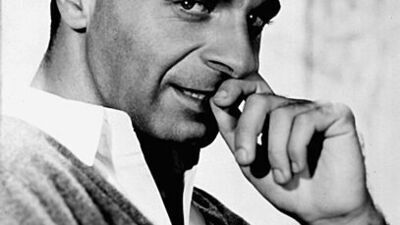Sankofa movie review & film summary (2021)

At its core, “Sankofa” concerns the ways Africans tried to keep their culture during slavery, and the varied methods of assimilation they fought against. It’s telling how every slave speaks with a different accent, here, owing to their varied origins, and speaking toward the African diaspora. Rumors also persist of a group of slaves who gather in a cave to plot an overthrow. Shola becomes part of this unit, often signified by their wearing of red scarves on their heads, but is hesitant to become fully initiated, a failing she connects with her Christian upbringing. The same method of assimilation that stops Shola symbolically short infects Joe too. Much of the plantation already despised him for being a head slave, but once he begins to regularly attend church, often seeking approval from Father Raphael (Reggie Carter), his mien shifts toward cruelty, eventually believing both Lucy (Mzuri), a slave with a crush on him, and his mother are heathens.
“Sankofa” is a visually enrapturing movie. Gerima loves using dissolves to layer meaning atop of meaning. Cinematographer Augustin Cubano gravitates toward golden hour shots. The sun here isn’t blinding, or on the flip side, inviting. It’s all-consuming, wrapping around the landscape and viewer with the warmth of the overwhelming sweat. The soundscape, an eclectic mix of lashing whips, dizzying jazz horns, and woozy spiritual moans, likewise to Mona, is seemingly trapped between whispers of modernity and the booming echoes of the past.
Each character bears their own weight: the plantation’s master routinely sexually assaults Shola; Nunu is nearly sold away; Noble awakens from his supplicant slumber to grapple with the abuse he’s wrought. There are rebellions; the once warm sunny skies alters to a red-drenched sign of defiance. It culminates with Shola taking revenge against her abuser.
Gerima’s “Sankofa” is an invocation not just to African ancestors, but also the present-day viewer. It calls to attention how history exists in the present, how the spirits of the long-gone can still affect today. Consider its final scene: the camera panning over an assemblage of Africans, all colorfully dressed, including Mona, sitting on the steps of the castle, staring out toward the sea. It is a calling to those souls. Likewise, the legacy, beauty, and humanist sensibilities contained within “Sankofa” still call to us today.
Now playing on Netflix.




